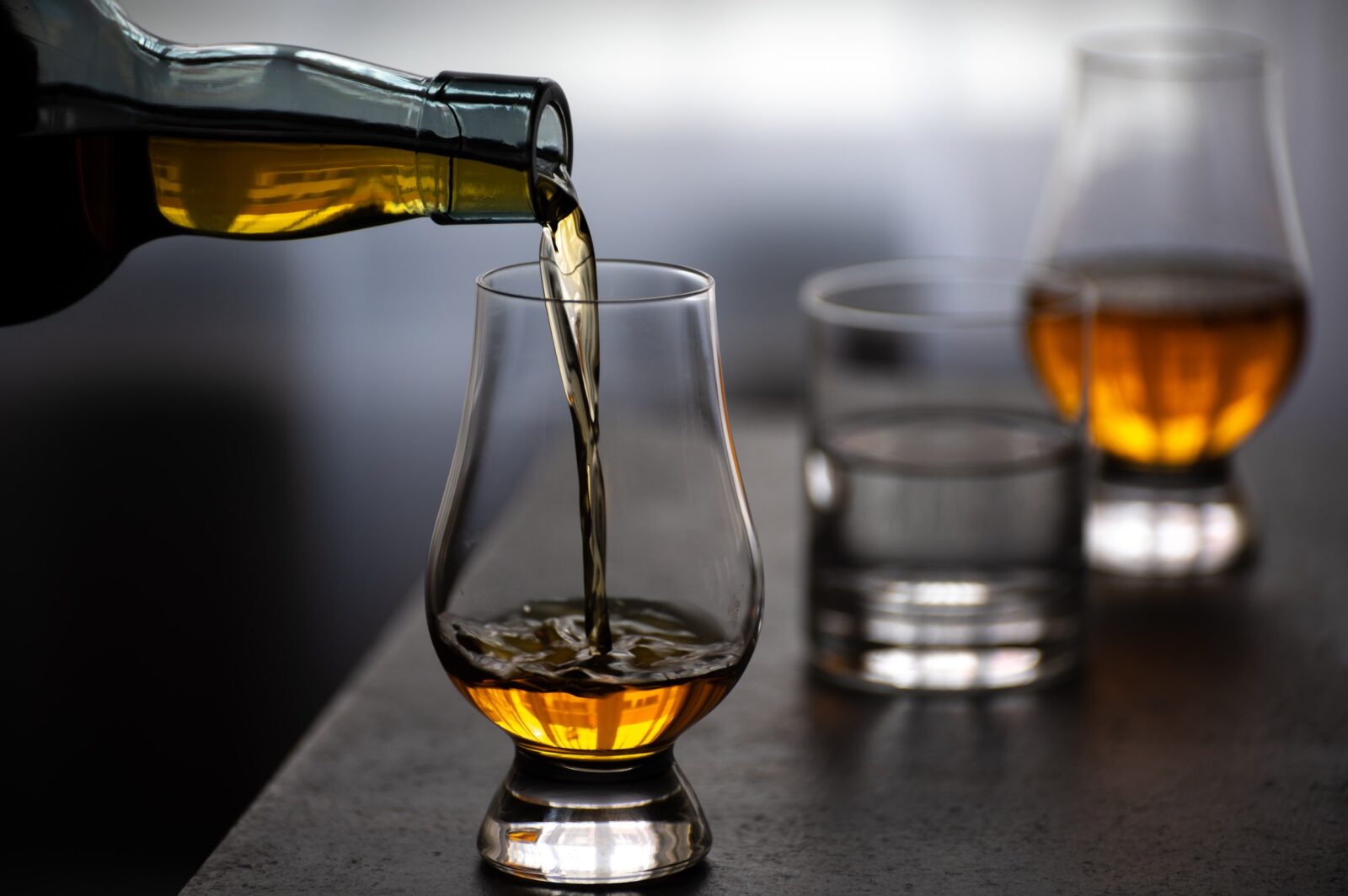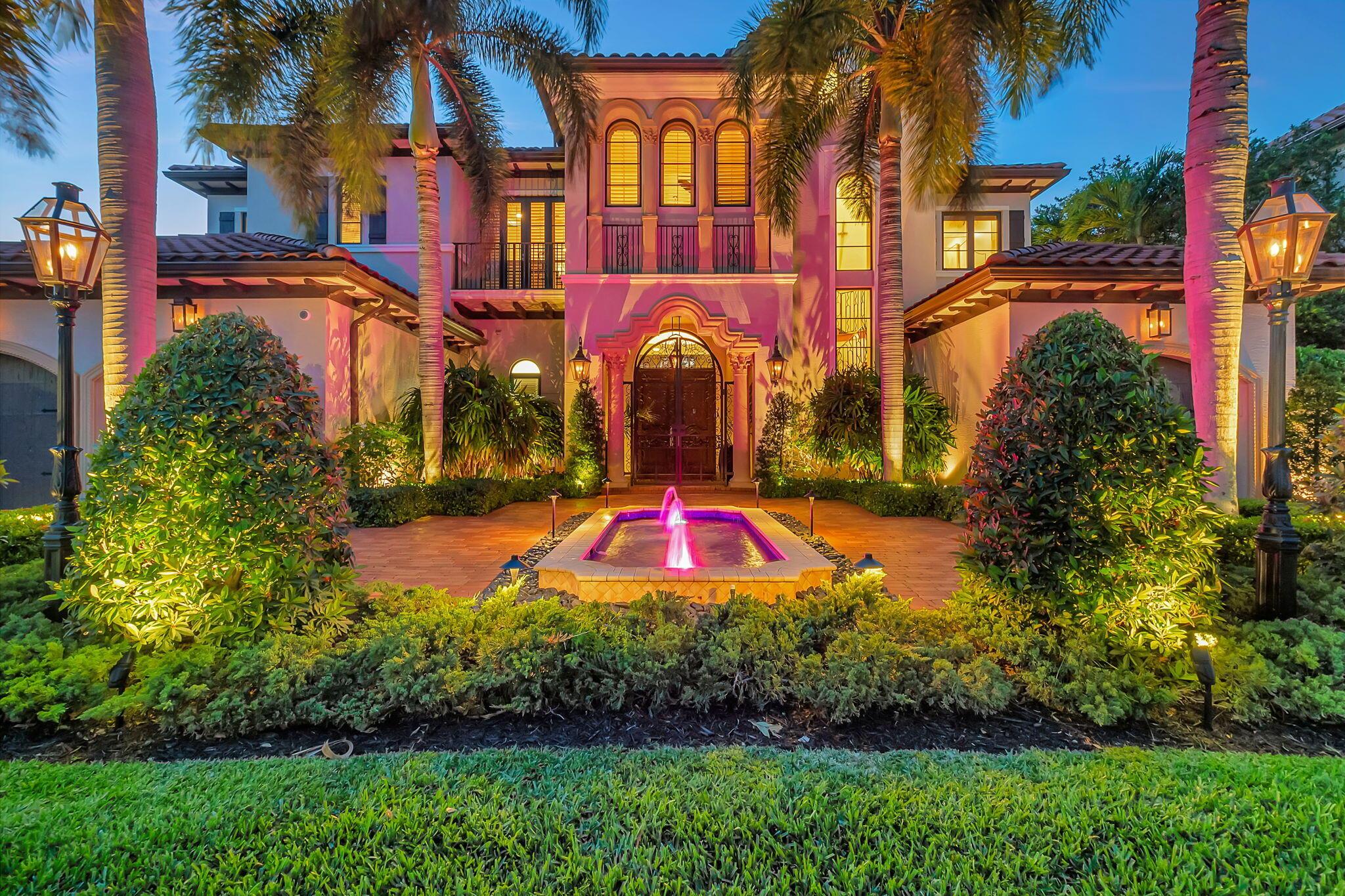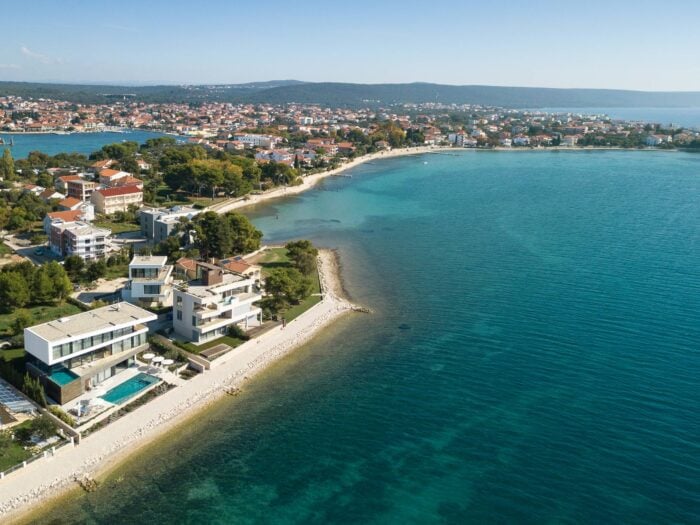For many good souls, green tea and January are a matcha made in heaven. For others farther north, winter’s chills want the warmth of stronger stuff. Especially when you’re invited to a dinner to celebrate the birth of Scotland’s national poet, Robert Burns.
Just as Auld Lang Syne (“Should auld acquaintance be forgot …”) brings in New Year across many nations, so too Burns Night Suppers resonate worldwide every January 25.
These are seriously ceremonial affairs, with many a ritual and eulogizing speech. Central to the feast is the glorious haggis (Scotland’s national dish, which has more to do with the insides than the outsides of a sheep). Plus a dram or two of good whisky. Scotch, natch.
Exports
Beyond the vestiges of tartan history, Scotch today is on the rise. In 2022, exports to the USA alone rose 33% to $7.6bn, while India overtook the lead from France by volume, rising a thirsty 60%*. And here’s a nugget for you: how many bottles of Scotch are exported every second, every day? Fifty-three.
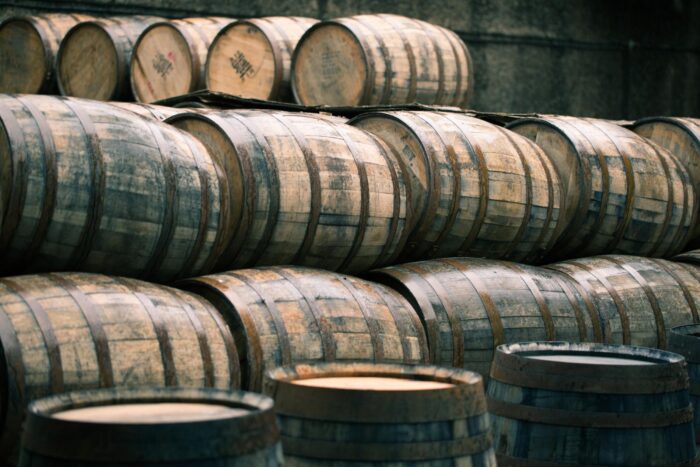
Scotch whisky is exported to 174 countries – 88 of which also make their own whisky (or whiskey with an ‘e’ in the USA and Ireland)
All of which prompts an obvious question. If Scotland exports its national spirit to 174 countries worldwide, why don’t some of those have a go at making whisky themselves?
Continents
They do. Ireland, of course, before the 18th century exodus from the emerald isle saw stills distilled across North America: Tennessee and Kentucky bourbons, Canadian rye whiskies in Ontario and Québec. Japan came next with its own meticulous versions. Indeed, take an atlas and some pins and you’d be hard pressed not to find whisky/whiskey distilleries in 88 sometimes surprising locales.
For example? 12th Hawaii Distiller in Kailua-Kona, whose range of spirits is crafted with local raw honey. In South Africa, the James Sedgwick Distillery turns out award-winning whiskies due north of the vineyards of Stellenbosch. And in China, where around 47 percent of whisky drinkers are Gen Zers who overwhelmingly favor a Scotch dram, the 26 home-grown distilleries there must be hoping for a slice of that valuable market.
Nor should “non-Scotch” be sniffed at. Globally renowned whisky author and consultant Charlie MacLean MBE, whose lifetime knowledge of the subject is held as unsurpassable, advises: “The whiskies of Callington Mill in Tasmania are top-notch. As is Cardrona on New Zealand’s South Island.”
On the other side of the world, recent accolades have been bestowed in Switzerland to Säntis Malt, crafting spirits in the country’s Appenzell region. And an Indian single malt – Indri distillery’s Diwali Collector’s Edition 2023 – won ‘Best in Show, Double Gold’ at the 2023 Whiskies of the World Awards.
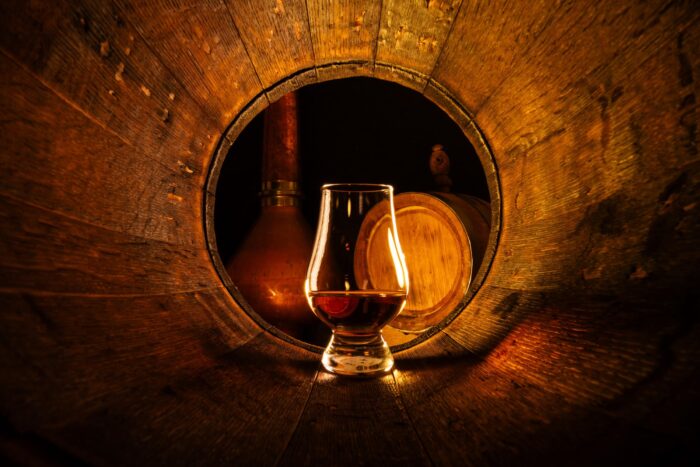
The value of Scotch whisky as a tangible asset remains high. In 2023, a bottle of 1926 Macallan Adami sold at auction for $2.7m.
Investments
Yet, as every whisky collector knows, it’s still within the old bottles of Scotland that the highest worth remains, if fiscal return is your aim. In November 2023, a single bottle of the 1926 Macallan Adami fetched $2.7m (£2.1m) at Sotheby’s, outstripping the $1.9m (£1.5m) record set four years earlier in London, for another Macallan 1926.
At less stratospheric levels, though still hovering above the everyday, rare whisky is among the best performing tangible asset classes of the past decade, growing 322% to Q2 2023. And that’s a market populated not by new outliers in the field, but by the allure of old bottled Scotch.
Enjoyments
So as this new year begins – whether you’re at a Burns Night Supper in Manhattan or Madrid, or cozied up at home with a matcha or a single malt – remember the phrase isn’t Cheers or Santé or Salud, it’s Sláinte Mhath!
*Source: Scotch Whisky Association
